Pancit Miki Guisado was always my comfort food, but it wasn't until I became a mom that I truly appreciated this quick and heartwarming dish. My 7-year-old son, Liam, lights up whenever he smells the garlic and onions hitting the pan.
It's become our special Thursday night tradition when everyone's tired from school and work but still craving something homemade and delicious.
This 30-minute recipe combines chewy fresh miki noodles with tender chicken and crisp vegetables, bringing the authentic flavors of my Lola's kitchen to our busy modern life.
What I love most about this version of Pancit Miki Guisado is how it strikes the perfect balance between convenience and tradition. The snow peas add that satisfying crunch my son loves, while the cabbage and carrots bring a natural sweetness that makes it so much better than takeout. A generous squeeze of calamansi at the end (just like how my mom taught me) brings all the flavors together.
What is Pancit Miki Guisado?
Pancit Miki Guisado is a Filipino stir-fried noodle dish featuring fresh, thick wheat noodles (miki) tossed with tender chicken and crisp vegetables in a savory-sweet sauce. This quick-cooking, one-pan meal combines crunchy snow peas, sweet cabbage, and carrots with aromatic garlic and onions, finished with a bright splash of calamansi juice that perfectly balances the dish's robust flavors.
Jump to:
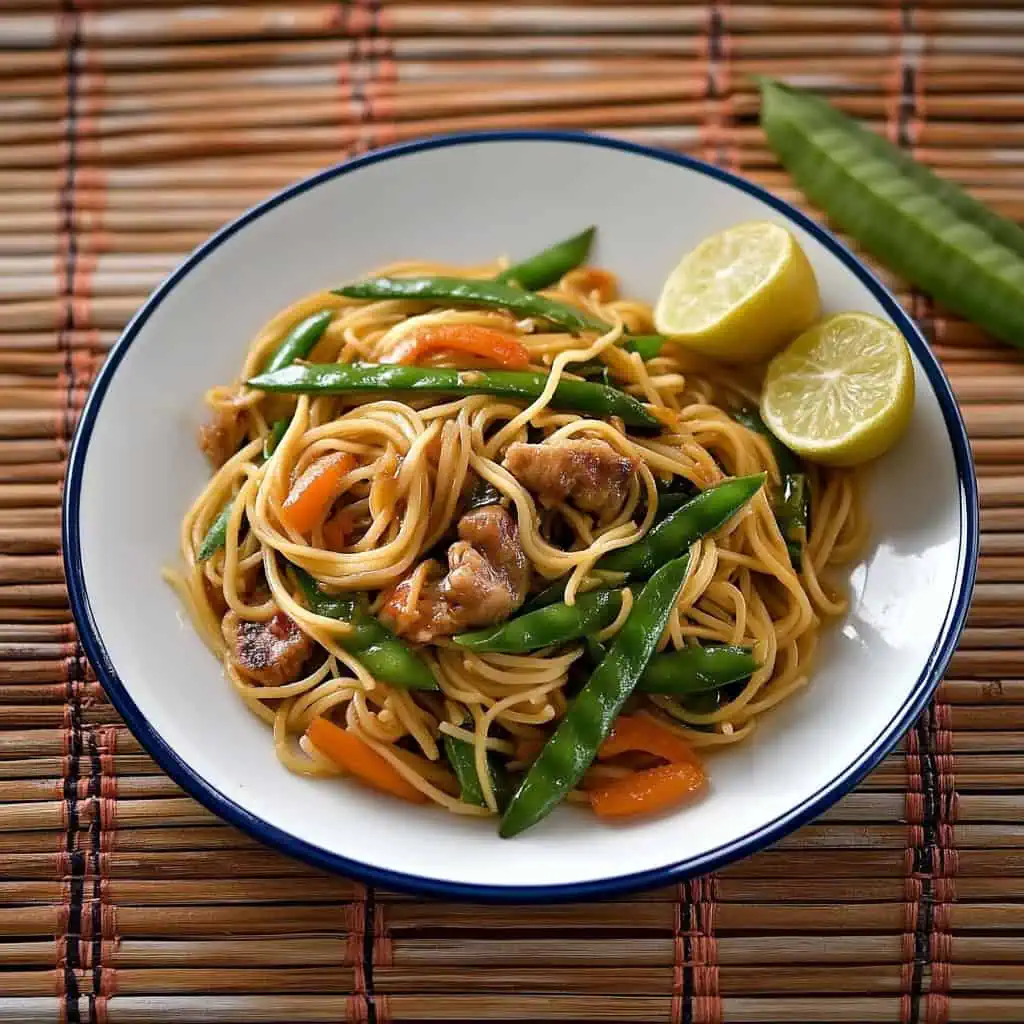
Why You'll Love This Recipe
- Ready in just 30 minutes - perfect for busy weeknight dinners
- One-pan cooking means minimal cleanup
- Customizable with your favorite vegetables
- Authentic Filipino flavors with a healthy twist
- Perfect balance of textures - chewy noodles, tender chicken, and crisp vegetables
- Great for family gatherings or potlucks
Ingredients
Each ingredient in this recipe serves a specific purpose in creating the perfect Pancit Miki Guisado. The thick miki noodles provide a hearty base that absorbs the savory flavors from soy and oyster sauces.
Chicken adds lean protein and tender texture, while the colorful vegetable mix (carrots, cabbage, snow peas, and bell peppers) brings essential nutrients, varying textures, and natural sweetness. Aromatic garlic and onions create a flavorful foundation, and the finishing touch of calamansi juice brightens everything with its unique citrusy tang.
It's a thoughtfully balanced combination that delivers both nutrition and authentic Filipino taste in every bite.
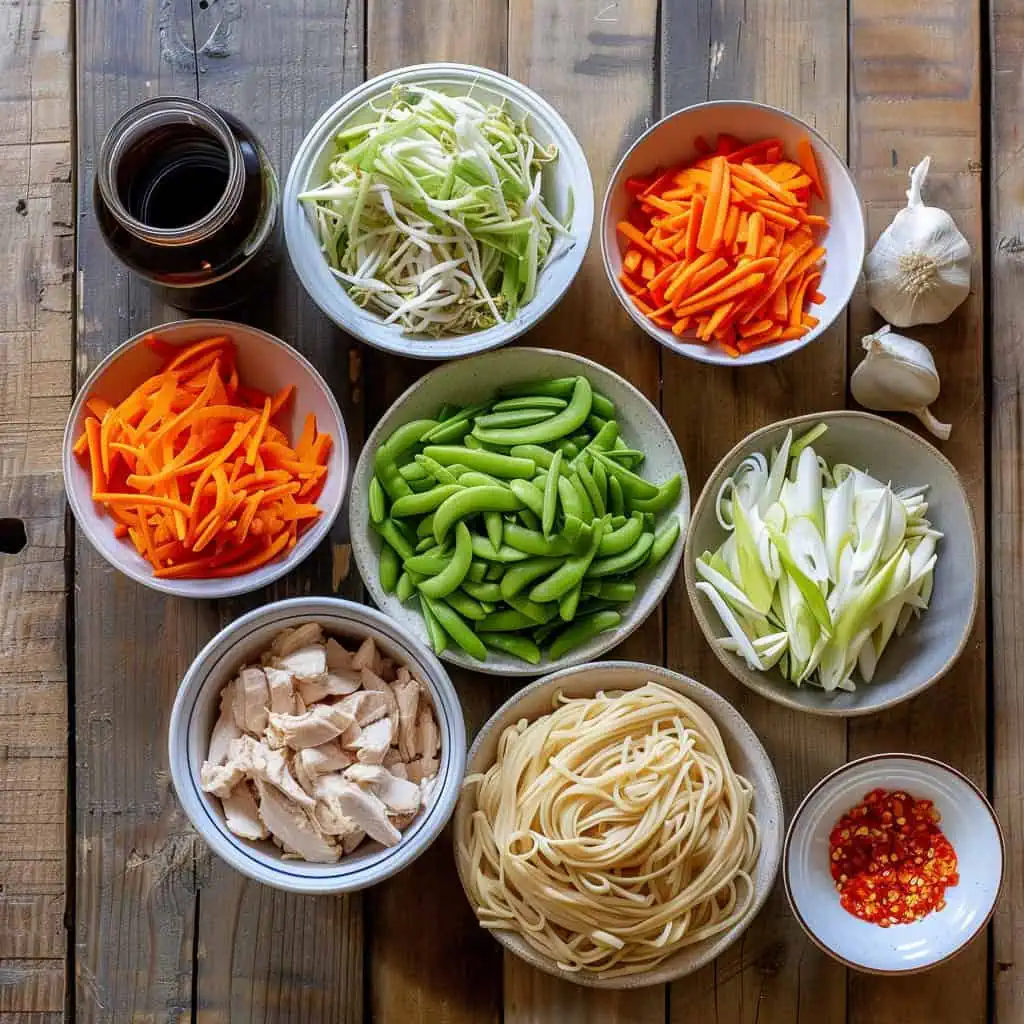
For the Noodles and Protein:
- 400g fresh miki noodles, thoroughly washed
- 1-2 chicken breasts, sliced thinly
- 4 tablespoons cooking oil
Vegetables:
- 1 medium onion, sliced
- 3 cloves garlic, minced
- ¼ head cabbage, sliced thinly
- 1 cup carrots, julienned
- 1 red bell pepper, sliced
- 2 cups snow peas, par-boiled
- 2 stalks green onions, chopped
Sauce and Seasonings:
- 4 tablespoons soy sauce
- 2 tablespoons oyster sauce
- Salt and ground black pepper to taste
- Calamansi or lemon for serving
Equipment
- Large wok or deep skillet: For even heat distribution and easy tossing of all ingredients. The sloped sides make it perfect for quick stir-frying without ingredients spilling out.
- Sharp knife: For precise vegetable cutting, ensuring uniform pieces that cook evenly.
- Cutting board: Provides a stable surface for ingredient preparation and protects your countertops.
- Colander: Essential for washing the miki noodles thoroughly to remove excess salt.
- Measuring spoons and cups: For precise measurements of sauces and seasonings.
- Tongs: Makes tossing and serving the noodles much easier than using a spatula.
- Pot with lid: For par-boiling snow peas while maintaining their bright color and crunch.
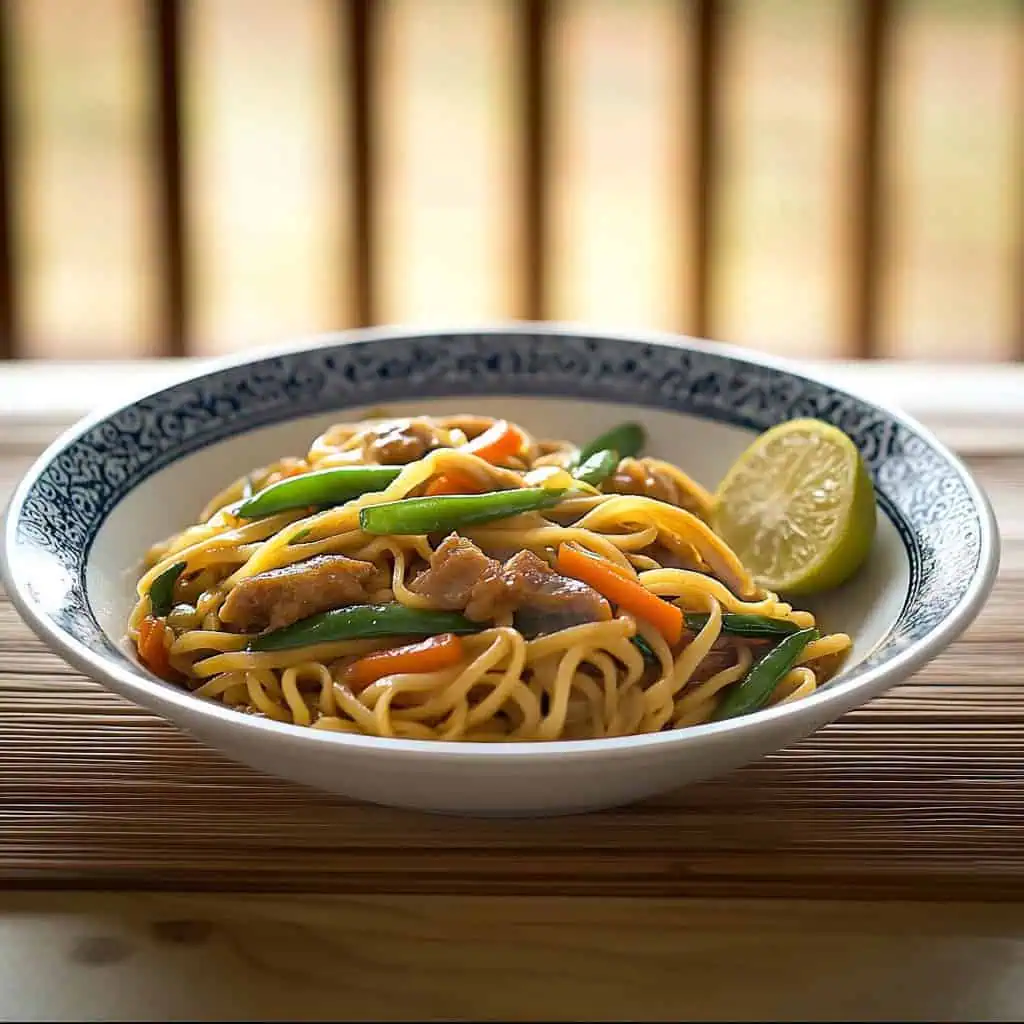
How To Make
- Prepare the noodles: Wash the miki noodles thoroughly under running water, gently rubbing them to remove all excess salt. Drain well and set aside.
- Cook the protein: In a large wok, heat cooking oil over medium-high heat. Add the sliced chicken and cook for 5-7 minutes until lightly browned, stirring often.
- Build the flavor base: Add onions and garlic to the browned chicken. Cook for 2 minutes until fragrant. Season with salt and pepper, then pour in the soy sauce and oyster sauce. Add a splash of water if needed.
- Add first round of vegetables: Add carrots and red bell peppers. Cook for 2 minutes until slightly tender but still crisp. Add green onions and stir everything together.
- Incorporate noodles: Add your washed miki noodles to the wok. Gently toss everything together for about 3 minutes. Add the par-boiled snow peas and continue tossing until well combined.
- Finish with delicate vegetables: Lower the heat and add the sliced cabbage. Cover the wok and let it cook for 1-2 minutes until the cabbage just starts to wilt but stays crunchy.
- Final seasoning: Turn off the heat and taste. Add more salt, pepper, or soy sauce if needed. Transfer everything to a serving plate and sprinkle with additional green onions.
- Serve: Serve hot with calamansi or lemon wedges on the side. For the best flavor, squeeze the calamansi over your noodles just before eating.
Important cooking note: Keep your heat medium-high throughout cooking unless specified, and don't overcook the vegetables – they should stay crisp and colorful.

Tips from Lola's Kitchen
- Noodle preparation matters: Always wash miki noodles thoroughly to remove excess salt and prevent the dish from becoming too salty.
- Uniform cutting: Cut all vegetables in similar sizes for even cooking and a more appealing presentation.
- Vegetable pre-cooking: Par-boil snow peas separately for just 30 seconds to maintain their crunch and bright green color.
- Temperature control: Keep your wok hot but not smoking to achieve that perfect stir-fry texture without burning.
- Timing is everything: Add vegetables in order of cooking time needed – harder vegetables first, leafy ones last.
- Taste as you go: Sample before adding salt, as soy sauce and oyster sauce already contain significant sodium.
- Quick cooling: Once cooked, transfer to a serving dish immediately to prevent residual heat from overcooking the vegetables.
- Calamansi secret: For an authentic Filipino flavor, squeeze fresh calamansi directly over your portion just before eating, rather than cooking it in.
Substitutions
- Protein options: Substitute chicken with pork belly slices, shrimp, beef strips, or firm tofu for vegetarian versions.
- Noodle alternatives: If fresh miki is unavailable, use dried egg noodles, pancit canton, or even spaghetti in a pinch.
- Vegetable swaps: Green beans or sugar snap peas work well instead of snow peas; any color bell pepper is fine; bok choy can replace cabbage.
- Sauce variations: No oyster sauce? Use 1 tablespoon fish sauce plus 1 tablespoon brown sugar. For a vegetarian option, use mushroom sauce.
- Citrus options: If calamansi isn't available, lime or lemon juice makes a good substitute, though slightly less sweet.
- Oil choices: Peanut oil or avocado oil can replace regular cooking oil for a different flavor profile.
- Aromatics: Shallots can substitute for onions if you prefer a milder flavor.
Troubleshooting
- Noodles too dry? Add a splash of chicken broth or water (1-2 tablespoons at a time) and toss quickly to distribute.
- Too salty? Balance with a squeeze of calamansi or lemon juice, or add a teaspoon of sugar to counteract.
- Noodles clumping together? Ensure they're well-drained after washing, and toss frequently while cooking. A small amount of oil tossed with the noodles before adding to the wok can help.
- Vegetables too crunchy? Cover and steam for an additional 1-2 minutes, but watch carefully to prevent them from becoming mushy.
- Sauce too thin? Continue cooking uncovered for a few minutes to reduce the liquid, or add ½ teaspoon cornstarch mixed with 1 tablespoon water.
- Lacking flavor? Add a tablespoon of chicken bouillon powder or a dash of MSG (if you use it) to enhance savory notes.
- Burnt garlic taste? Unfortunately, there's no fix for burnt garlic. Next time, add it later in the cooking process or use lower heat.
Storage & Reheating
- Refrigeration: Store in an airtight container in the refrigerator for up to 3 days. The flavors often develop beautifully overnight!
- Stovetop reheating: The preferred method - add a splash of water or chicken broth to a pan, add the pancit, and heat over medium heat, stirring occasionally until hot throughout (about 3-5 minutes).
- Microwave method: Place in a microwave-safe container with a sprinkle of water, cover loosely, and heat in 30-second intervals, stirring between each until hot.
- Freshening up leftovers: Add freshly sliced green onions and a new squeeze of calamansi after reheating to revive the flavors.
- Not recommended: Freezing pancit miki isn't advised as the noodles tend to become mushy when thawed.
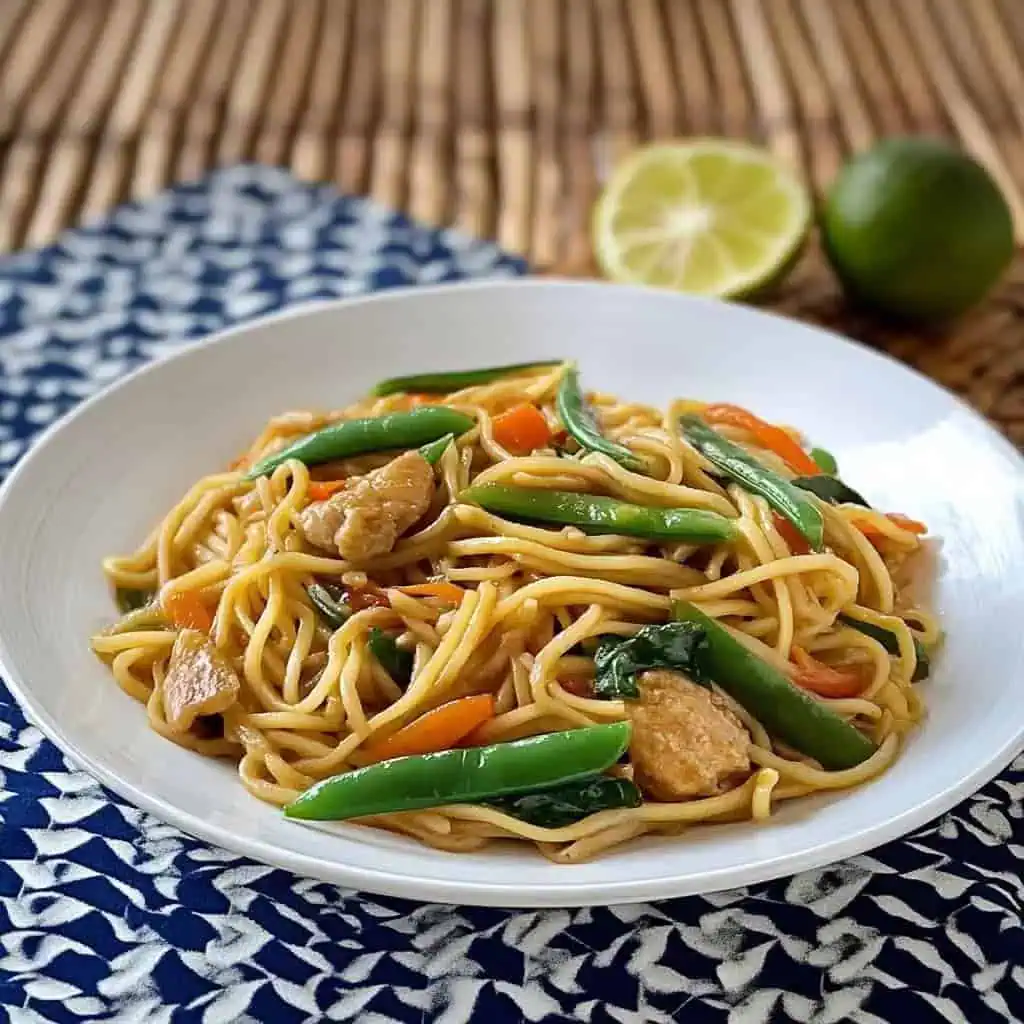
FAQ
Why do I need to wash the miki noodles?
Fresh miki noodles are typically preserved with salt. Washing removes excess salt and prevents your dish from becoming too salty. It also helps separate the noodles for even cooking.
Can I prepare this in advance for a party?
Yes, but it's best served fresh. If preparing ahead, slightly undercook the vegetables and noodles. Reheat gently with a splash of broth, and add fresh garnishes just before serving.
How do I prevent the noodles from becoming mushy?
Don't overcook them - miki noodles only need a few minutes of cooking. Toss frequently while cooking, and consider cooking vegetables separately if you're concerned about timing.
Is this dish spicy?
Traditional pancit miki guisado isn't spicy, but you can easily add bird's eye chilies (siling labuyo) or chili garlic oil for heat according to your preference.
Can I make this gluten-free?
Traditional miki noodles contain wheat. For a gluten-free version, substitute rice noodles and use tamari or gluten-free soy sauce instead of regular soy sauce.
What's the best way to serve this for a large gathering?
For parties, consider making it in batches or using a larger wok. Keep it warm in a chafing dish, and provide calamansi or lemon wedges, soy sauce, and chili sauce on the side so guests can adjust flavors to their liking.
Can I add other Filipino ingredients like quail eggs or liver?
Absolutely! Small additions like hard-boiled quail eggs, sautéed chicken liver, or even chicharron (pork cracklings) as a topping are traditional variations that add extra layers of flavor and texture.
What's the difference between Pancit Miki and other Filipino noodle dishes?
The main difference is the noodle type - miki noodles are thicker, wheat-based fresh noodles with a chewy texture, unlike the thinner rice-based bihon or the curly egg noodles used in pancit canton.
Related
Looking for other recipes like this? Try these:
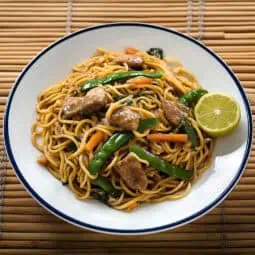
Pancit Miki Guisado (Stir-Fried Miki Noodles)
Equipment
- Large wok or deep skillet (kawali) for even heat distribution and easy tossing
- Sharp knife (kutsilyo) for precise vegetable cutting
- Cutting board (Tabla) for ingredient preparation
- Colander (salaan) for washing noodles
- Measuring spoons and cups (panukat) for precise measurements
- Tongs [Sipit] for tossing noodles
- Pot with lid for par-boiling snow peas
Ingredients
For the Noodles and Protein
- 400 g fresh miki noodles miswa na makapal - thoroughly washed
- 1-2 pieces chicken breast dibdib ng manok, sliced thinly
- 4 tablespoons cooking oil mantika
Vegetables (Gulay)
- 1 medium onion sibuyas, sliced
- 3 cloves garlic bawang, minced
- ¼ head cabbage repolyo, sliced thinly
- 1 cup carrots karot, julienned
- 1 red bell pepper pulang paminta, sliced
- 2 cups snow peas chicharo, par-boiled
- 2 stalks green onions sibuyas na mura, chopped
Sauce and Seasonings
- 4 tablespoons soy sauce toyo
- 2 tablespoons oyster sauce sarsa ng talaba
- Salt asin and ground black pepper (dinurog na paminta) to taste
- Calamansi or lemon for serving
Instructions
- First, wash the miki noodles thoroughly under running water, gently rubbing them to remove all excess salt. Drain well and set aside.
- In a large wok, heat cooking oil over medium-high heat. Add the sliced chicken and cook for 5-7 minutes until lightly browned, stirring often.
- Add onions and garlic to the browned chicken. Cook for 2 minutes until fragrant. Season with salt and pepper, then pour in the soy sauce and oyster sauce. Add a splash of water if needed.
- Add carrots and red bell peppers. Cook for 2 minutes until slightly tender but still crisp. Add green onions and stir everything together.
- Add your washed miki noodles to the wok. Gently toss everything together for about 3 minutes. Add the par-boiled snow peas and continue tossing until well combined.
- Lower the heat and add the sliced cabbage. Cover the wok and let it cook for 1-2 minutes until the cabbage just starts to wilt but stays crunchy.
- Turn off the heat and taste. Add more salt, pepper, or soy sauce if needed. Transfer everything to a serving plate and sprinkle with additional green onions.
- Serve hot with calamansi or lemon wedges on the side. For the best flavor, squeeze the calamansi over your noodles just before eating.
- Remember: Keep your heat medium-high throughout cooking unless specified, and don't overcook the vegetables – they should stay crisp and colorful.
Tips from Lola's Kitchen
- Always wash miki noodles thoroughly to remove excess salt and prevent the dish from becoming too salty
- Cut all vegetables in similar sizes for even cooking
- Par-boil snow peas separately to maintain their crunch and bright color
- Don't overcook the vegetables to maintain their nutrients and texture
- Add liquid gradually to avoid making the dish too wet
- Taste before adding salt, as soy sauce and oyster sauce already contain salt
Nutrition
The Story Behind Pancit Miki Guisado
Pancit Miki Guisado, a beloved staple in Filipino kitchens, tells the story of Chinese influence on Philippine cuisine, particularly through the introduction of noodle dishes or "pancit" - a term derived from the Hokkien word "pian e sit," meaning "something convenient to eat." While many know the more famous Pancit Canton or Bihon, Miki noodles hold a special place in Filipino comfort food, especially in regions like Batangas and Bulacan where fresh miki noodles are locally made.
These distinctive wheat noodles, thicker and chewier than their rice-based counterparts, were traditionally made fresh in local markets. Vendors would knead and pull the dough by hand, creating strands that had the perfect bite and texture. The "guisado" cooking method - a style of stir-frying that allows ingredients to absorb flavors while retaining their textures - transformed these simple noodles into a complete meal that could feed an entire family.
Today's Pancit Miki Guisado reflects both tradition and adaptation. While the basic elements remain unchanged - fresh miki noodles, tender meat, and crisp vegetables - modern home cooks have embraced variations that suit their families' tastes. Some regions add quail eggs or chicken liver, while others incorporate local vegetables like sayote or native pechay. What remains consistent is the dish's ability to bring people together, whether for everyday meals or special occasions, as Filipinos believe that noodles symbolize long life and good fortune.
The evolution of this dish also mirrors the Filipino talent for adapting foreign influences into something uniquely their own. While Chinese in origin, the addition of calamansi, the preference for chicken as protein, and the combination of vegetables used make Pancit Miki Guisado distinctly Filipino. It's this ability to honor both tradition and innovation that keeps this dish relevant in modern Filipino cuisine, from humble carinderias to family celebrations.
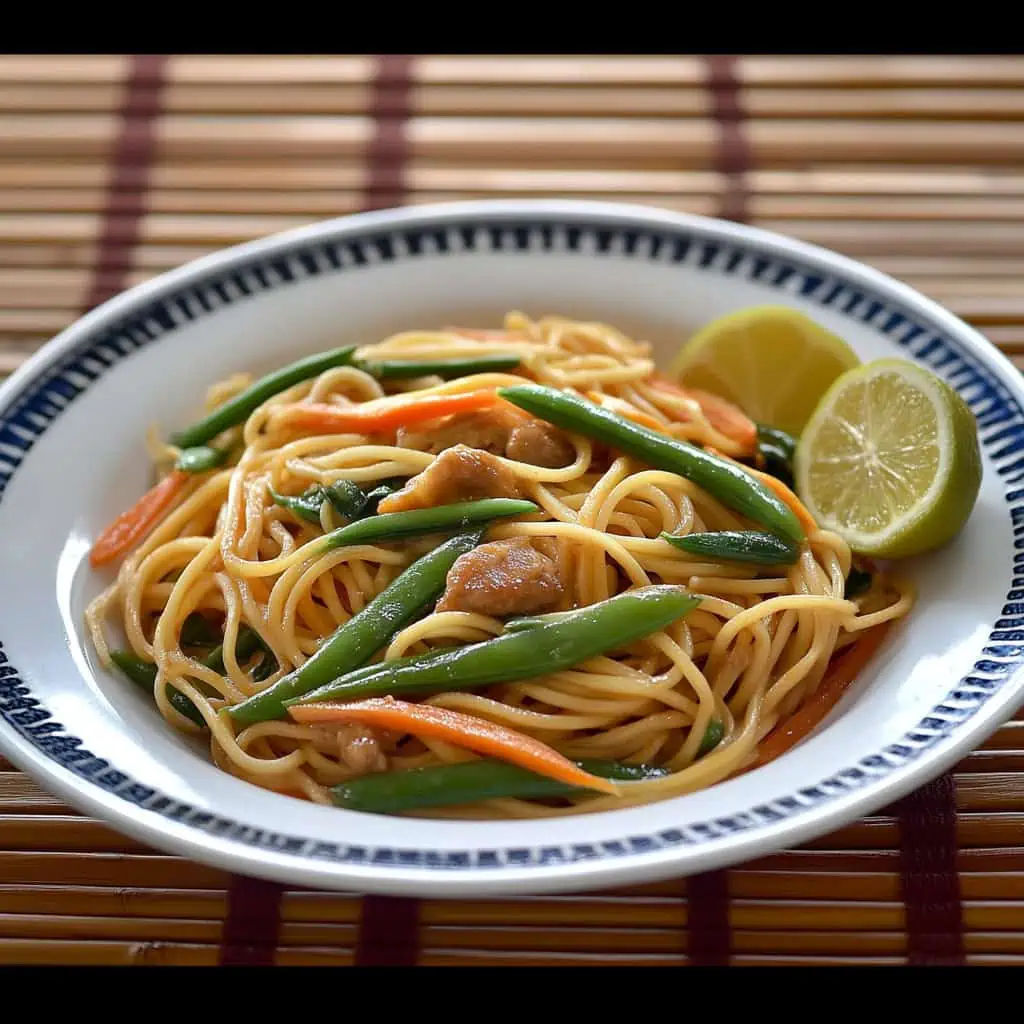

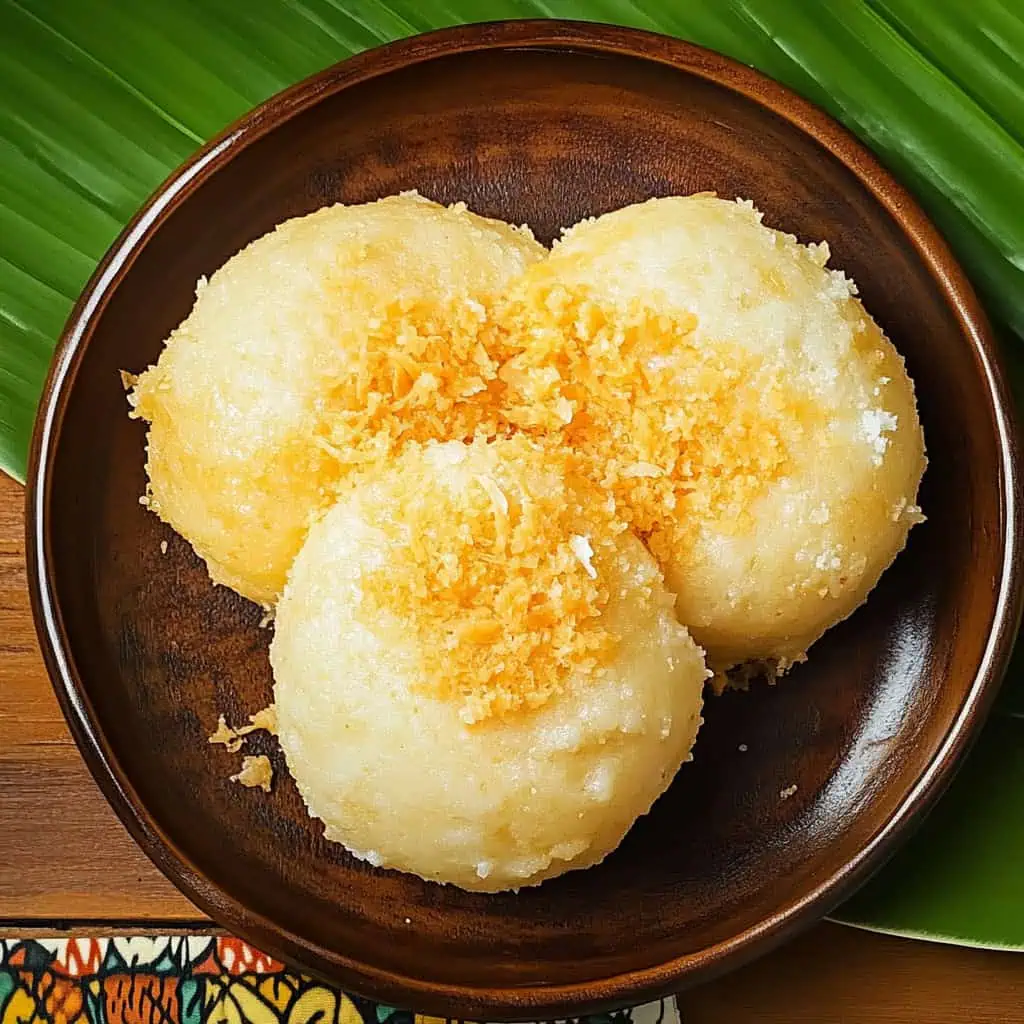
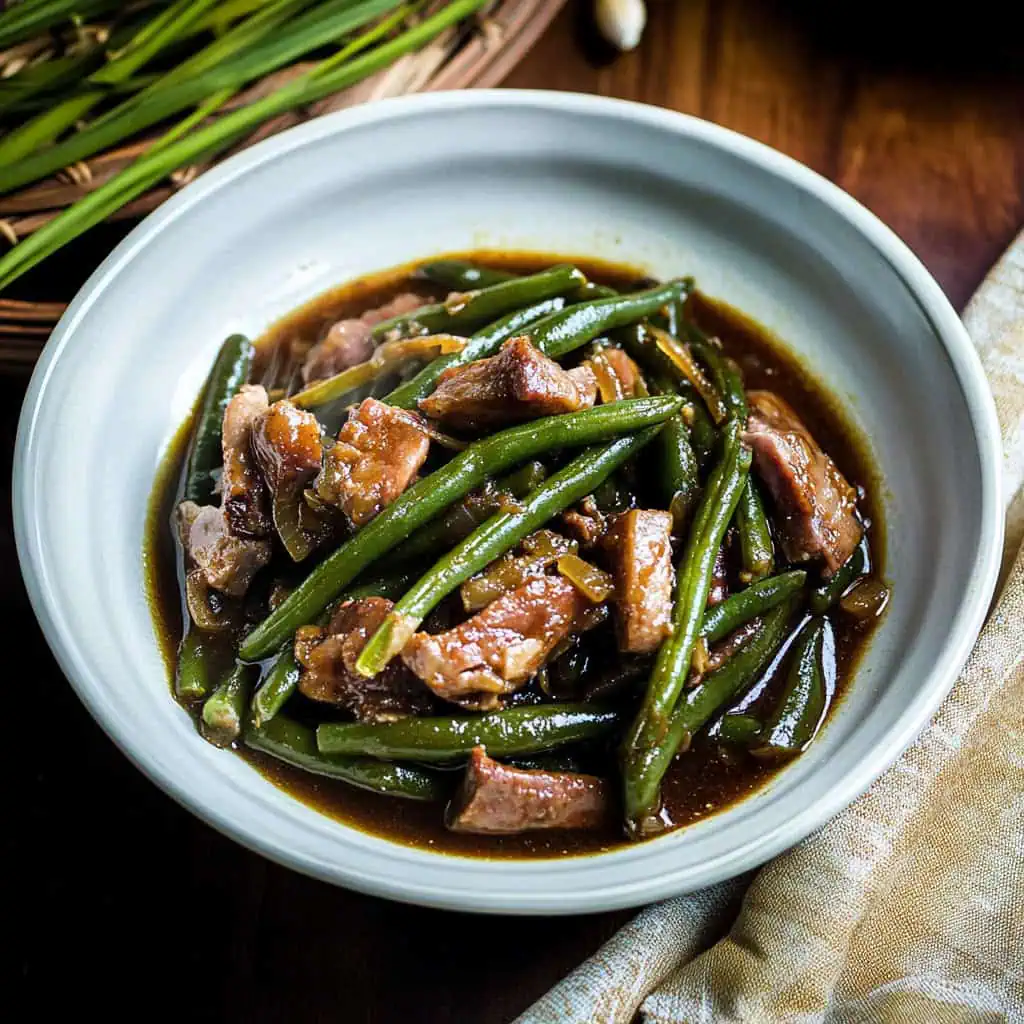

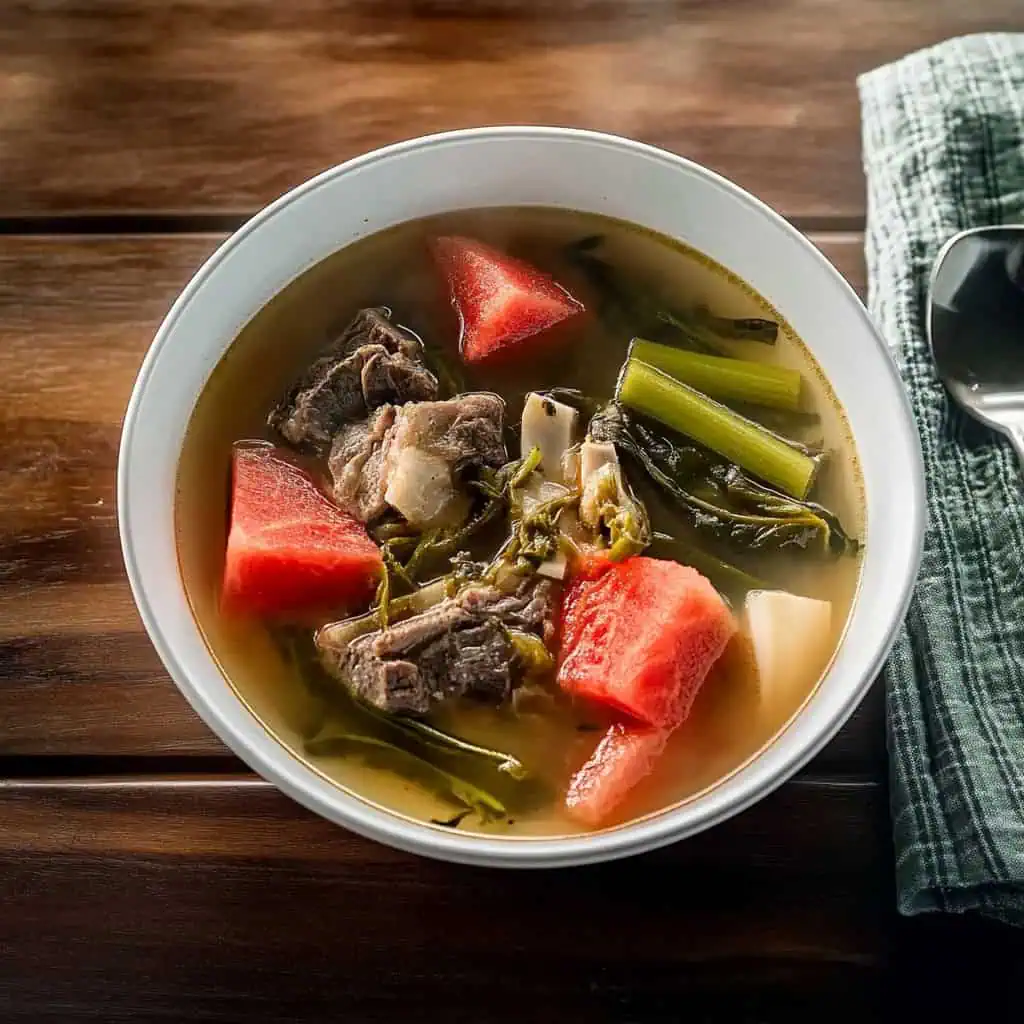
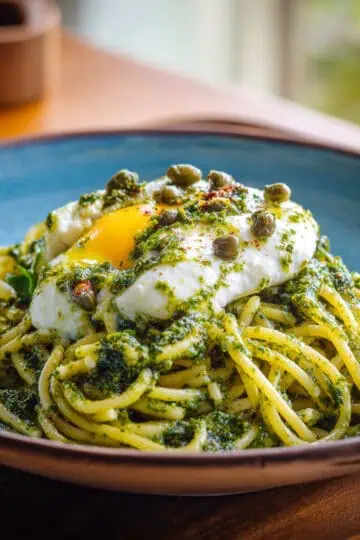
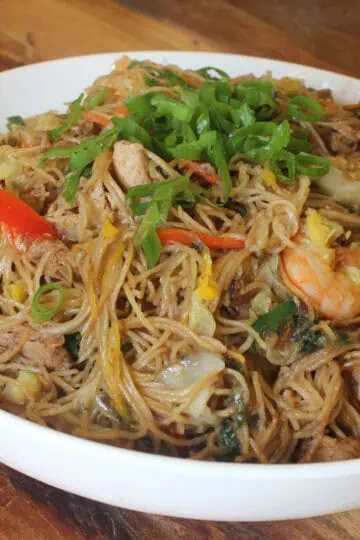
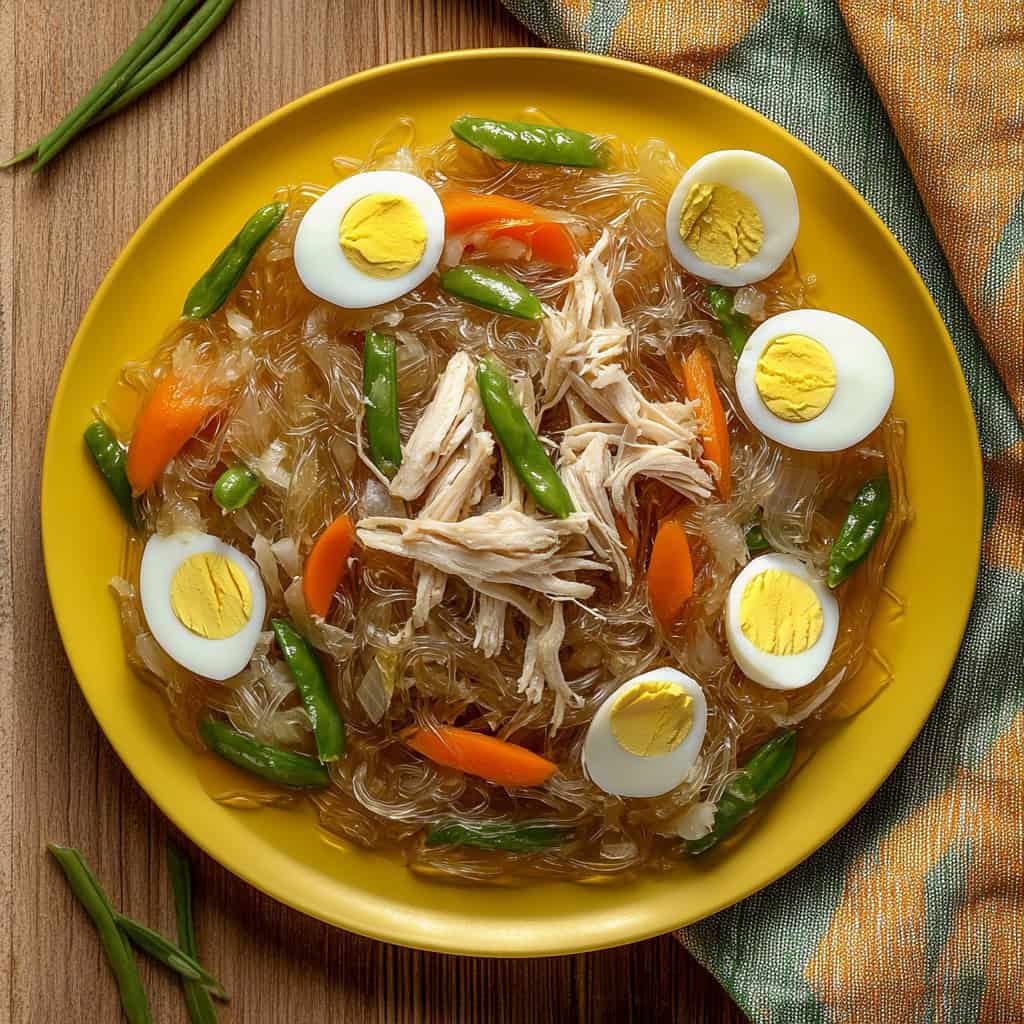
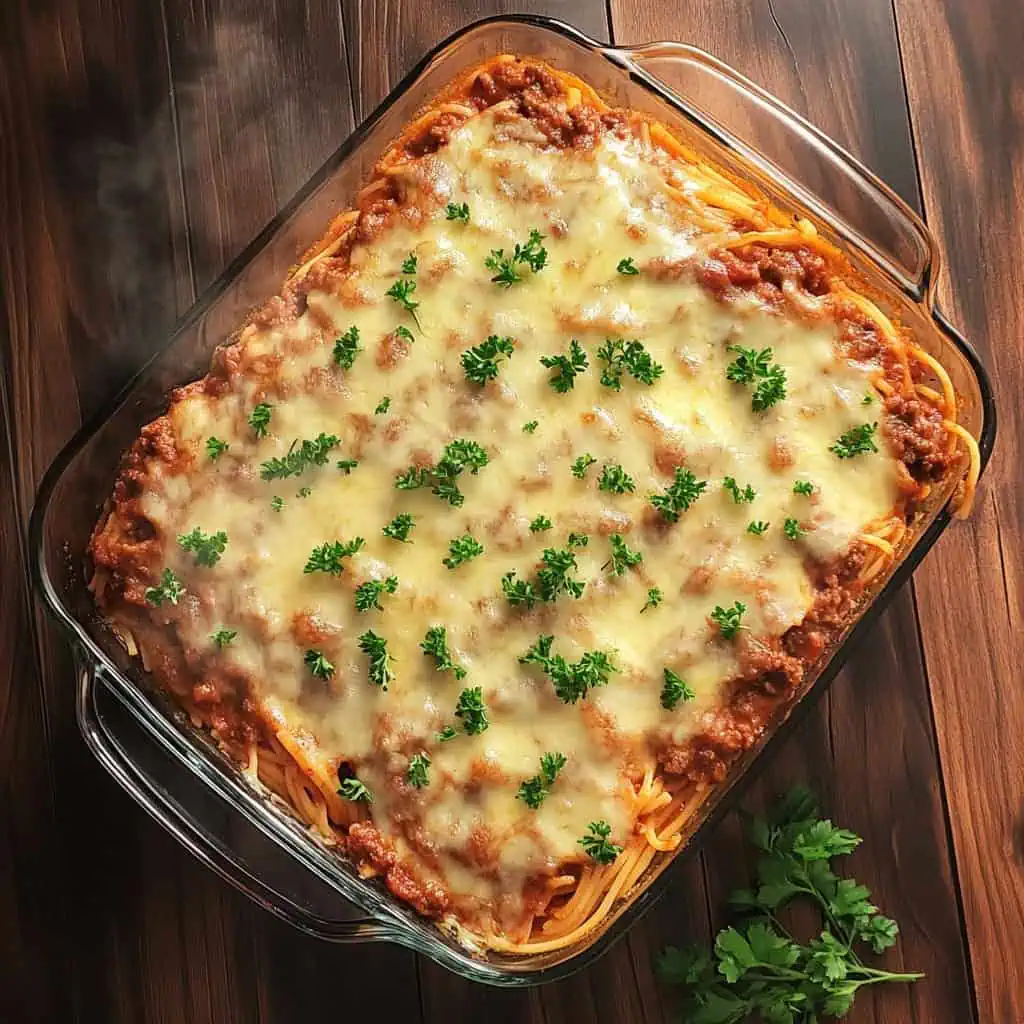
Comments
No Comments